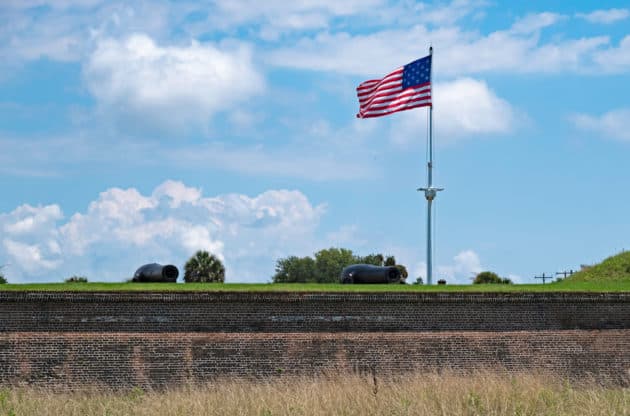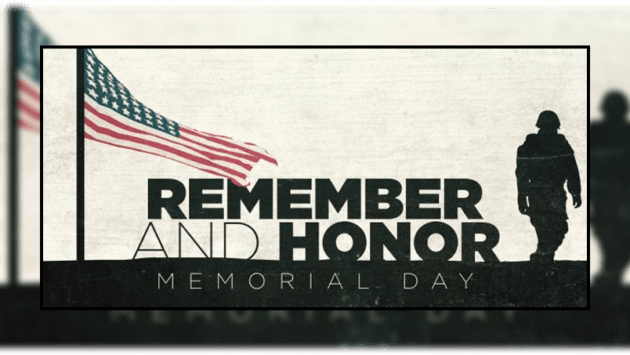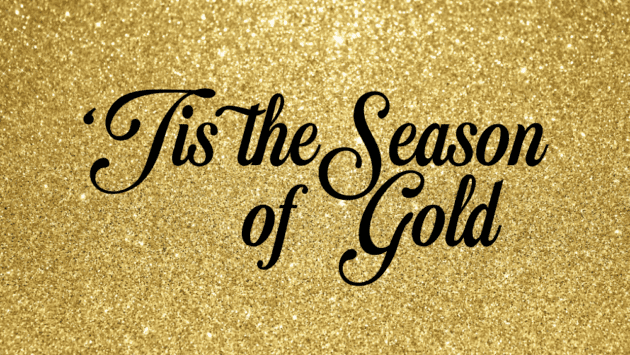
On July 4th, we celebrate the independence of the United States from Great Britain. The Revolutionary War lasted eight years and cost the lives of approximately 6,800 soldiers. In the end, through blood and sacrifice, our country was born, based on the belief “that all men are created equal, that they are endowed by their Creator with certain unalienable Rights, that among these are Life, Liberty and the Pursuit of Happiness.”
Yet, many people don’t know the tenuous hold we had in keeping our country. Less than 40 years later, we found ourselves once again at war with Great Britain. This war, the War of 1812, should be called, by all rights, our second revolutionary war. It was during this war, through the actions at a lonely fort, that we solidified the ability of our people to triumph over the impossible.
We were 67 days into the war, which we were essentially losing. It was August 24, 1814, and the British troops were marching through Washington, DC. Once they arrived at the US Capitol, they set fire to it, letting America know that our time of self-governance was at an end. However, this was only a partial victory.
The British needed one last piece of the puzzle: a successful assault upon the port of Baltimore. The harbor was essential to their conquest. In order to take it, the British had to deal with an American garrison at Fort McHenry, which stood watch over the harbor that the British so desperately needed.
Understanding that the war was coming to his doorstep, the garrison commander, MAJ George Armistead, had commissioned the largest flag ever created, a 30 by 42 ft garrison flag with the specific intent that it be “a flag so large that the British would have no difficulty seeing it from a distance.” He was concerned that somehow the greatest military force ever to sail the seas up to that point would pass by him without a fight.
On the early morning of September 13, the British armada sailed into the harbor. Owing to the shallow depth of the water, the British commander, ADM Cochrane, could not deploy his heavy battleships. Instead, he attacked with HMS Terror, Volcano, Meteor, Devastation, and Aetna (bomb ships) and HMS Erebus, which fired newly invented rockets.
At the start of the attack, the fort and ships traded rounds. However, the British quickly realized that they could safely fire from a range outside that of the Americans. With this in mind, they bombarded the fort for 27 consecutive hours, not allowing the American forces a reprieve to regroup and reorganize their forces. It was the original shock-and-awe campaign. During the night, a thick smoke screen developed over the fort, eventually blotting out the 17 by 25 ft storm flag they had flown due to inclement weather.
Watching aboard these ships was an American lawyer named Francis Scott Key. He was due for release by the British that day, but because of the bombardment he was held on board the flagship until the end of the battle. One can only imagine the sight this young man witnessed aboard the British warship as he saw our last bastion of freedom brutalized under a relentless onslaught.
In fact, Key was so overcome that he put his feelings into a poem — the poem that was destined to become our national anthem. While most know the first stanza, many have never read or sung the additional three stanzas. The poem tells of his trepidation throughout the night. His realization that no one — in fact, no country — could stand up to the might that this fleet of ships was releasing upon the men in the fort.
Then, as the fog of battle slowly cleared, a symbol became evident against the backdrop of death and destruction. At some point during the battle, the great garrison flag had been hoisted. It stood as a symbol against the British Empire that the people of this country could not be driven into submission. That we would stand for freedom no matter the odds or the cost. It was the same grit we have shown time after time throughout our amazing history. Key encapsulated this within the final lines of the poem:
O thus be it ever when freemen shall stand
Between their lov’d home and the war’s desolation!
Blest with vict’ry and peace may the heav’n rescued land
Praise the power that hath made and preserv’d us a nation!
Then conquer we must, when our cause it is just,
And this be our motto – “In God is our trust,”
And the star-spangled banner in triumph shall wave
O’er the land of the free and the home of the brave.
Upon seeing this sight, the British withdrew in defeat. They had thrown every piece of ordnance they could throughout the night, and not only had the American forces stood fast, but they had also shown their fierce defiance through the hoisting of the garrison flag. This audacity and courage turned the tide of the war, motivating and reenergizing the American forces. Not long after that, the British sought to make peace.
The 4th of July is a day of celebration, but not simply that of the birth of our country. It is also a day to recognize our perseverance and courage. A reminder of our refusal to accept defeat or believe in the impossible. It is what marks us as the bastion of hope and salvation for those around the globe.
May America continue to further your life, liberty, and pursuit of happiness.
About Matthew Wadler
Major (O-4), U.S. Army (Retired)
Matthew Wadler joined the US Army immediately after graduating from high school in 1991. Where most 19-year-olds were enjoying their freshman year in college, Matt spent this time in Somalia. He spent 6 years as an enlisted soldier before becoming an officer. He is a graduate from Airborne School, Air Assault School, and the Defense Language Institute. He has completed the Primary Leadership Development Course and the Officer Basic and Advance courses in addition to achieving his master’s degree. Along with his first deployment to Somalia, Matt was deployed twice to Afghanistan. He retired at the rank of Major.

The post The Courage During the Battle of Baltimore appeared first on Gold Alliance.




